Understanding Picky Eating, Part 3: Trust & Comfort
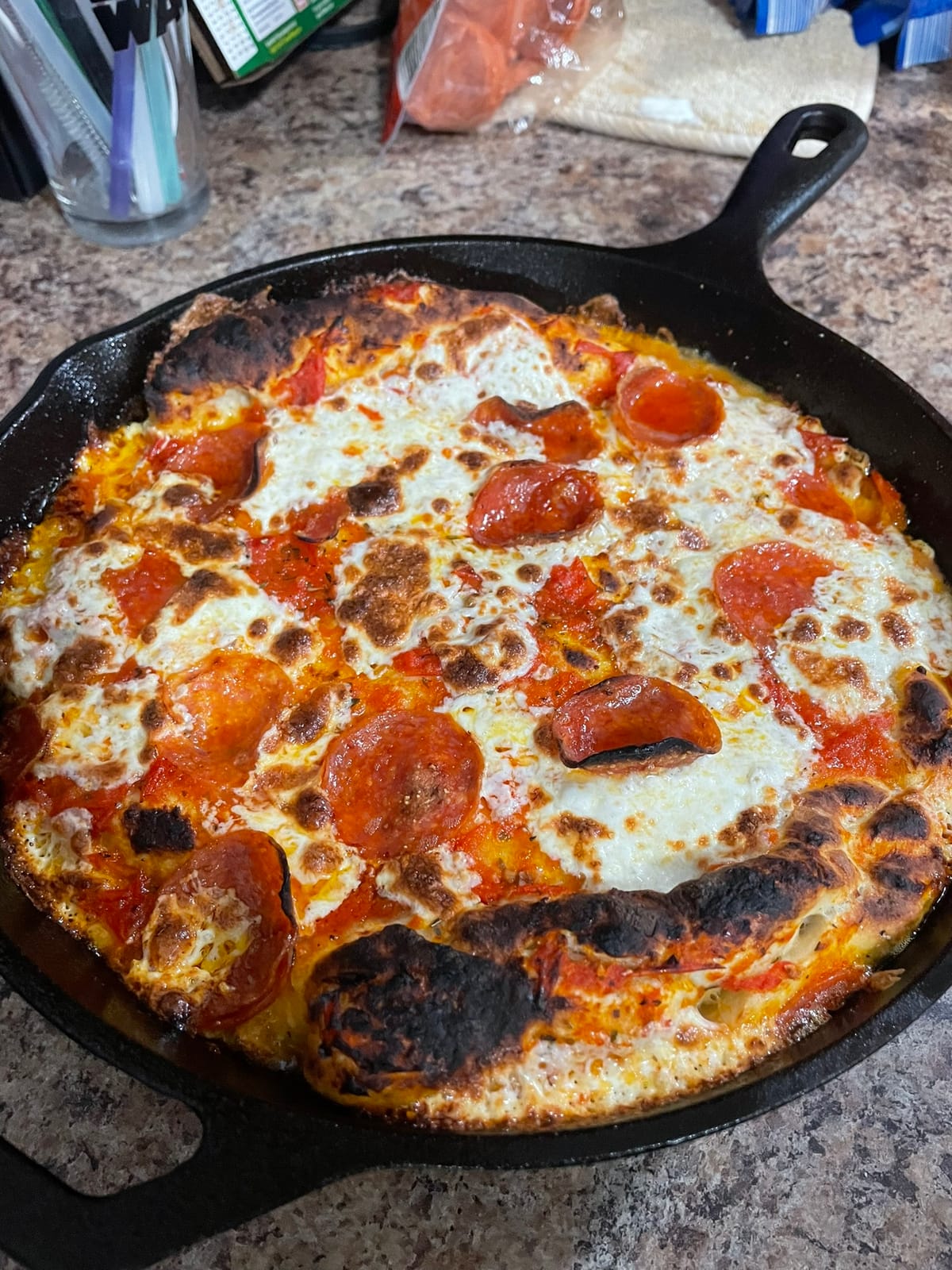
Welcome back to my (currently) 3-part series on understanding picky eating! You can catch up on Part 1: You Can't "Fix" Picky Eating here and Part 2: Picky Eating is a Sensory Issue here.
In this part, I talk about comfort levels and trust. To me, this is the most important factor in picky eating, as the sensory issues can be managed if comfort levels are high and productive experience can only be gained through comfortable situations.
Picky Eating is a Comfort Level Issue
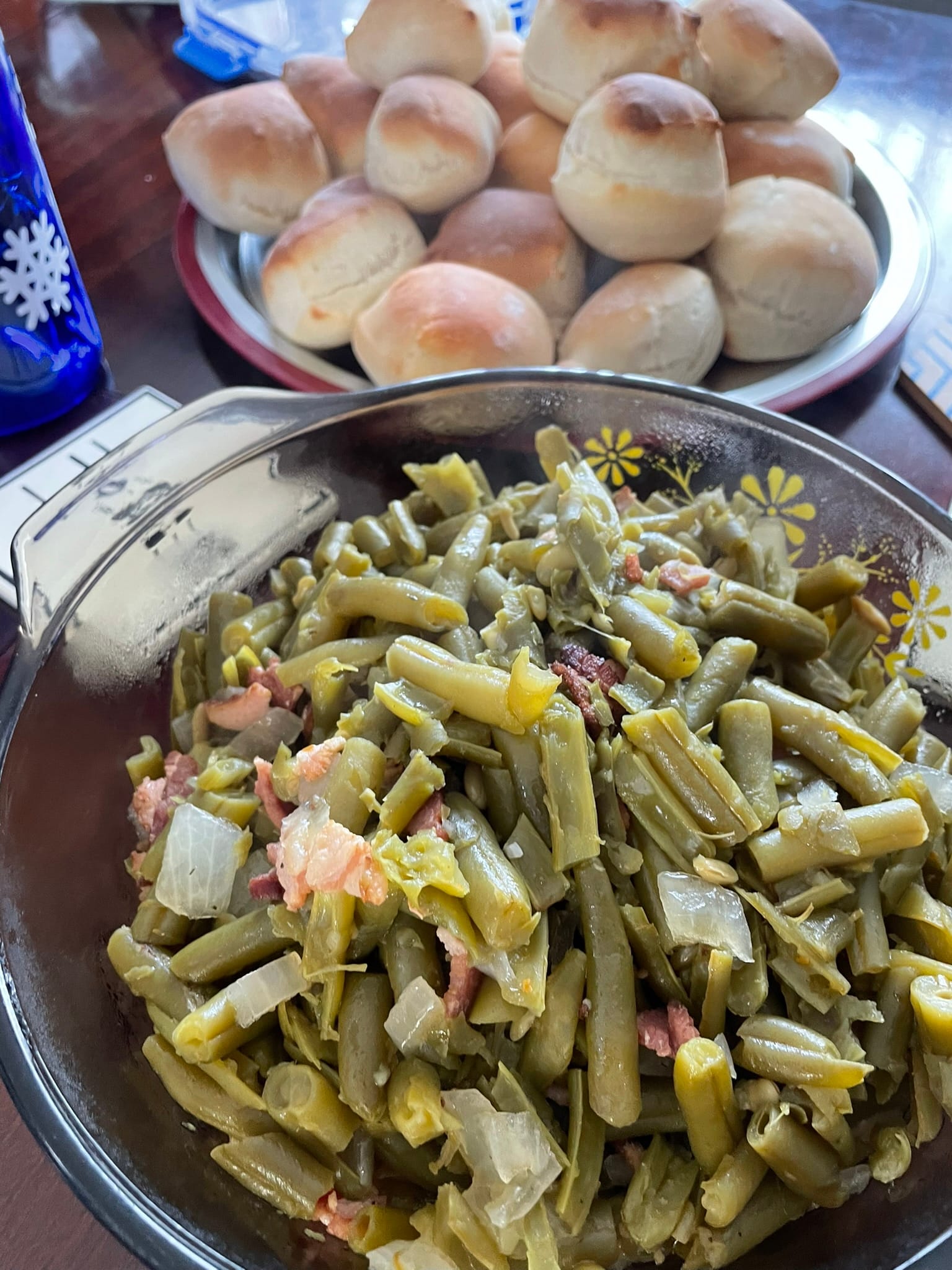
Stress
Sensory issues (when present) are arguably the biggest contributing factor to picky eating, as they can be completely instinctual and drive you on such a deeply-rooted level that you don’t really have any control over it. You can’t entirely condition yourself out of your sensitivities, even if you can train yourself to be okay with them a bit. Your comfort level, on the other hand, can 100% determine whether you can tolerate sensitivities in the first place, kind of set the “rules of the game” for picky eating, and (thankfully) are something you can do something about.
The feeling a picky eater experiences when faces with a new or uncertain food or ingredient is one of stress and anxiety.
When you are pushed to try something new that you had not intended on trying, any number of the sensory alarm bells may be going off already (causing stress or anxiety) and then any additional pressure to try the thing will only make that worse.
Feelings about a new food or ingredient – or even just the sights, smells, etc. you take in from them – are a snap judgement. Your mind decides very quickly if thing is safe and comfortable to eat or scary and not safe to eat. Pushing someone to do a thing they’re very uncomfortable doing makes them even less comfortable with the situation on the whole. If you’re not comfortable, you have no chance of calming those sensory alarm bells.
Telling someone that they “like” a food, that they like all of the ingredients in a food, or that they ate it at some arbitrary point in the past doesn’t change how they feel about it now.

Alienation
Growing up, I was always pushed to try new things, prodded for not liking “basic” things, and was often the “punch line” of some sort of long-running joke about being picky. Be it from family members, close friends, or teachers and daycare workers, I was made to feel like a weirdo. An outsider. Like something was wrong with me. Lo and behold, virtually all of those people had their own pickiness when it comes to foods! My dad won’t eat green bell peppers in anything (I love them). My mom doesn’t eat a lot of the things that I either don’t eat or took a very long time to work up to eating. Despite a childhood of alienation about something as crucial as eating, as I get older I have learned that just about everyone is a picky eater. It’s just a spectrum of severity, and there are some set thresholds that are considered “normal” before you start to get poked about it.
If you disclose that you don’t eat gluten because you’re trying to be healthy (that’s not a real concern) or have a gluten allergy (less common than people think) you might get a raised eyebrow, but you’re unlikely to get much flak from anyone but the most toxically insecure men who think all health concerns are a scam.
But if you choose to avoid vinegar-based sauces (which is… a lot of them) you’re suddenly the weird one for not engaging in a lot of basic food categories.
If you share that you don’t like apples or pears because of the texture or because they’re not sweet enough, somehow people think that’s normal.
If you share that you’re not a huge fan of chocolate… don’t even get me started on the reactions you get.
Even if the immediate situation surrounding your eating isn’t full of applied pressure, a history of comments, pressures, and stressful situations around eating can lead to every meal feeling stressful as you try to navigate what you will and won’t eat. Those voices stay in your head, those feelings take a long time to deconstruct and dissociate from your eating experiences you’re having after them.
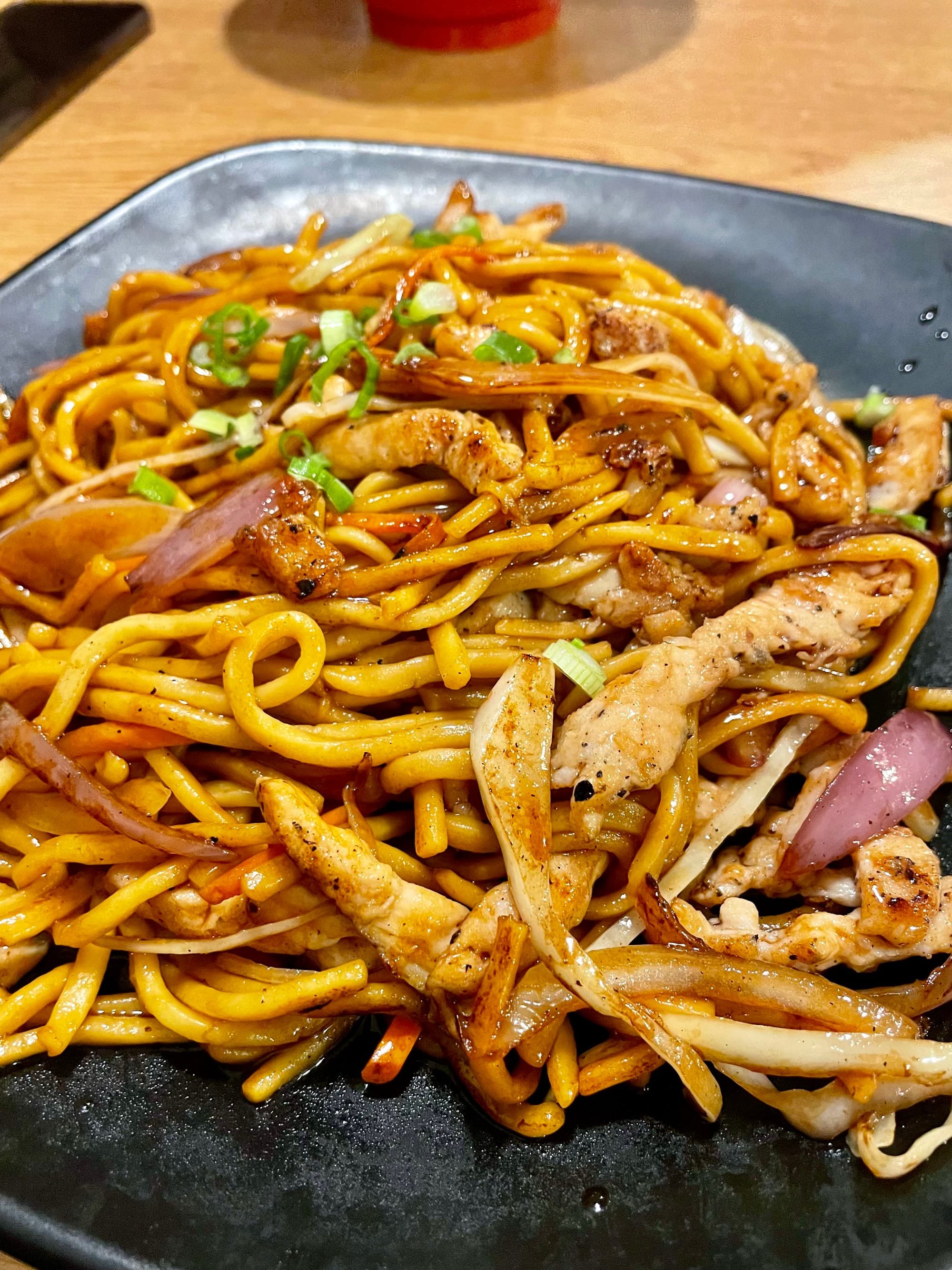
Under Pressure
Growing up, something that always irked my parents was that I would wind up trying foods at my grandparents’ houses that I would “never” have eaten at home. (This is actually very common.)
While I don’t remember most of those instances, there is one that I’ve always remembered: My first experience with soy sauce. When I spent the night at one set of grandparents’ house (especially if it was multiple nights in a row, or multiple times close together was planned), they would always take me up to the local store to pick out snacks for the week. I’d usually grab a few of the usual things (chips, soda, Easy Mac was perfect for me at the time – I miss the pizza flavored one) but sometimes something new would catch my eye.
One time the Nissin Chow Mein packaged ramen really just stood out to me for some reason. I had finally picked up eating normal packaged ramen in the past year or so around this happening, and had really taken a liking to the Maruchan Yakisoba packs (they had freeze-dried veggies included) but the store we were at didn’t have Yakisoba. They had Chow Mein instead. It looked a little different, but similar enough that I decided to grab one. I took it back with me to their house and when I went to fix it, I discovered that it had a pack of brown liquid inside. I was used to there only being powdered seasoning packets in there, not a liquid. I was not big on sauces. I asked my uncle what this was, and he said something along the lines of “That’s soy sauce! It makes noodles goooood. It’s kinda salty, though.” I was super nervous. He assured me I could eat the noodles without the sauce and it would be fine (albeit plain), but I decided to try it anyway. No one was pushing me to, I was already given an out, and I had already been excited to eat the thing – so it seemed like a good idea. And sure enough, I liked it and now enjoy soy sauce on a number of (admittedly mostly similar) dishes.
My grandparents had never really questioned my picky eating. They always went out of their way to get snacks that I liked. When I didn’t want the normal flavored applesauce, my grandma would show me how to mix cinnamon into it to make it how I like. My grandpa would always make sure they had stuff ready to make cinnamon toast for me for breakfast (he called it “Monkey Bread”) in the mornings.
Grandparents always want to spoil the grandbaby, this is nothing new – but that low-pressure environment was the perfect grounds for me to actually feel more comfortable trying new things, even if I’d come home touting a new food discovery that my parents had been trying to get me to eat for years. (I understand their frustration, but also it basically is a completely new discovery when the conditions surrounding it are different.)
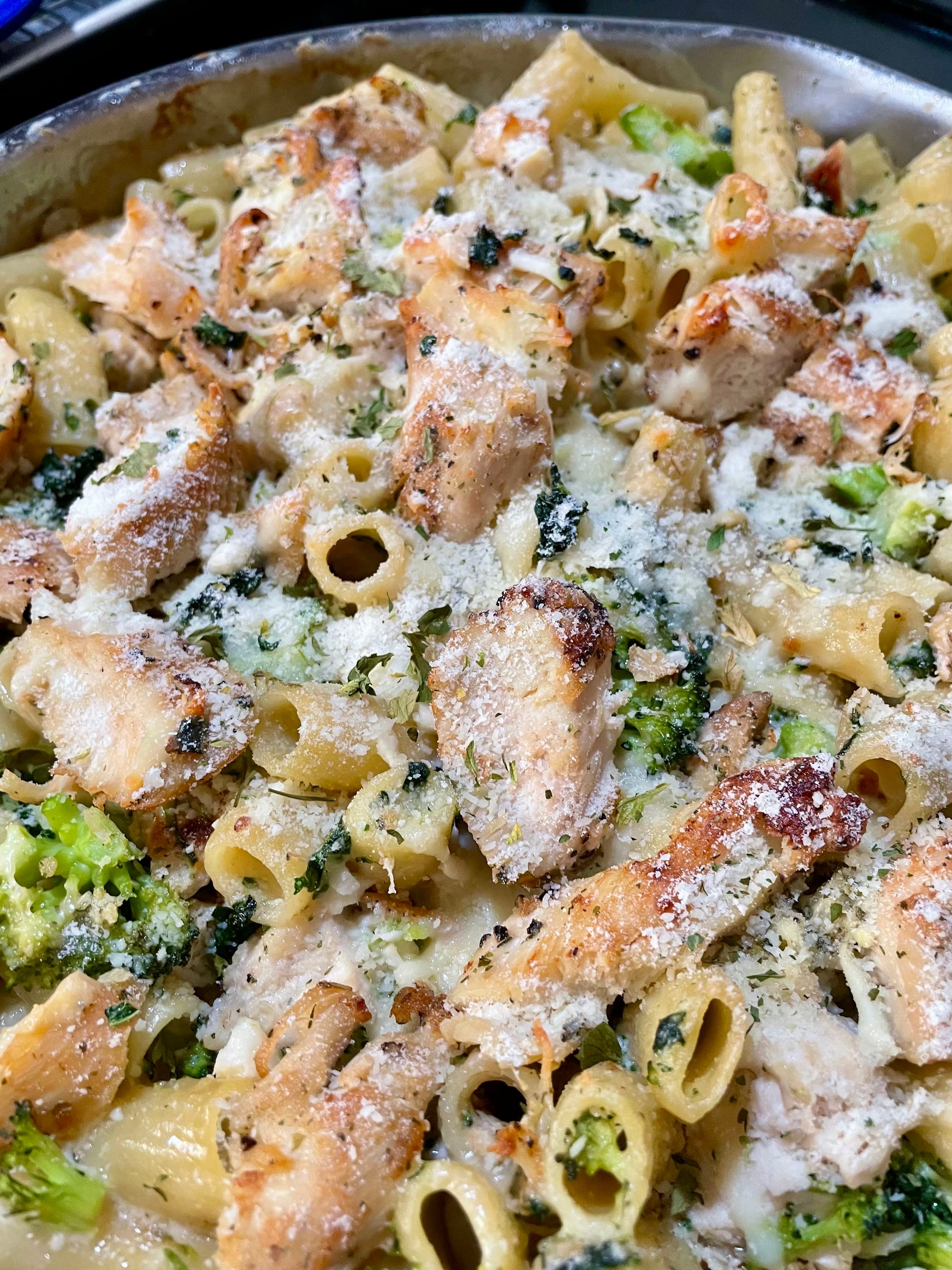
My wife has always been supportive and comforting regarding my food sensitivities. They’ve always tried to provide a safe, low-pressure environment for me to try new things. Much of the work for expanding my palate is my own, but the critical value of that kind of low-pressure, inviting situation cannot be understated.
One thing my wife always does is offer if I want to try whatever they’re eating from a restaurant. When trying a new restaurant, my first course of action is to identify the safe, “usual” option that I can start out with. New Asian restaurant, gotta try their lo mein, chow mein, or stir-fry noodles first to see if I can enjoy a safe item, before branching out. My wife, on the other hand, likes trying something new every time we go to restaurants we’ve been to before and likes trying weird things at new restaurants. What results, then, is my wife gently offering if I want to try what they ordered.
More often than not my reaction is one of “no keep that thing away from me” – but sometimes I am interested. Sometimes the lack of pressure and open opportunity results in me exploring a bit outside my comfort zone.
Another thing my wife will do happens when I’m interested in trying something that might be scary, they will offer to order it and be the one to eat it, giving me the opportunity to try it without risking not having a meal to eat that I didn’t like. We recently went to a local award-winning pizza joint where most of the award-winning pizzas were… weird. I wanted to stay in the safety of the comfortable, reliable all-meat pizza – but I was curious about one of the others. My wife offered to order the one I wanted to try, and we ended up splitting the two pizzas 50/50 and I wound up loving the one I was nervous to try.
A similar thing happens when they have frozen foods that they enjoy for snacks or side dishes that I wouldn’t normally eat – having it around and made to go with food I am eating anyway, eventually I might try it. And on more than one occasion I’ve then liked the thing enough to go on and order it from restaurants with full meals, too!
While I spend most of the time sticking to meal items that I’m comfortable with, this very low-pressure environment that’s still full of opportunities to try new things (or new twists on comfortable things) is about as ideal of a situation as it gets to allow my picky eating to breathe and explore.
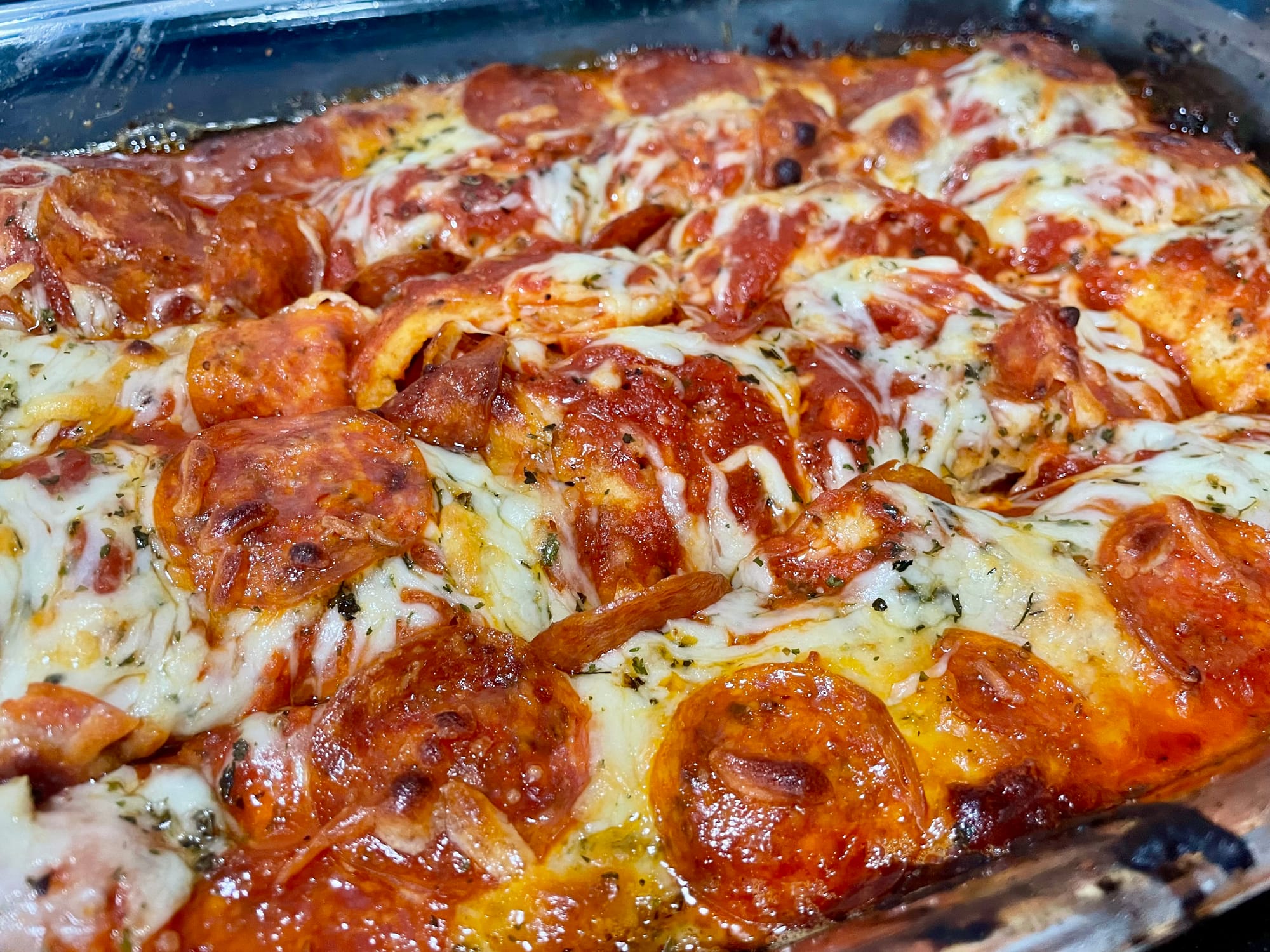
I’ve also seen this comfort level element at play with my own child, who is also a picky eater. He’s avoided most meats thus far and we’ve had enough health concerns stemming from his picky eating (and the conflicts that would arise at mealtime) that we thought it might be worth exploring options to get help. He’s been in occupational therapy for about a year now – and it’s been absolutely game changing.
Sure, we get some weird looks whenever people ask: “Wait, he’s in therapy for eating?” I get it, it sounds weird. But having a professional create a specific environment for him to feel comfortable trying new food, while also keeping it fun – and thus removing the pressure of us fighting with him to eat at dinnertime – has completely turned him around.
I say this with a dose of reality: He’s still a picky eater. As I’ve said many times by now, you can’t fix picky eating. But he is much more willing to try things on his own, comes up with silly dipping combinations, and has expanded his palate quite a bit. And (arguably) most importantly: He is excited to try new things at therapy. He will specifically see something at the store that catches his eye (an orange, fruit salad, can of Spaghetti-O’s) and ask if he can get it to try at therapy. Sometimes it’s something he’s already tried before and didn’t continue eating. Sometimes it’s something he eats already, but slightly different. That’s okay. He’s excited to try things there because the environment is supportive enough that he feels safe to, and the very idea of trying things can be appealing. That’s huge.
This isn’t to say we can’t be supportive and “safe” for this with him as parents. In fact, the therapist specifically instructed us to avoid any conflicts at eating time as best we could, so that we only provided the supportive, comfortable environment with food. The challenging happens at therapy, where the therapist will challenge him to continue chewing if he doesn’t like a food, maybe swallow it, and try new combinations. He doesn’t like every element about it. But it became a routine and was still a constructive enough environment that he keeps wanting to go back. (We’re quickly running out of things to send him with to try at this point.)
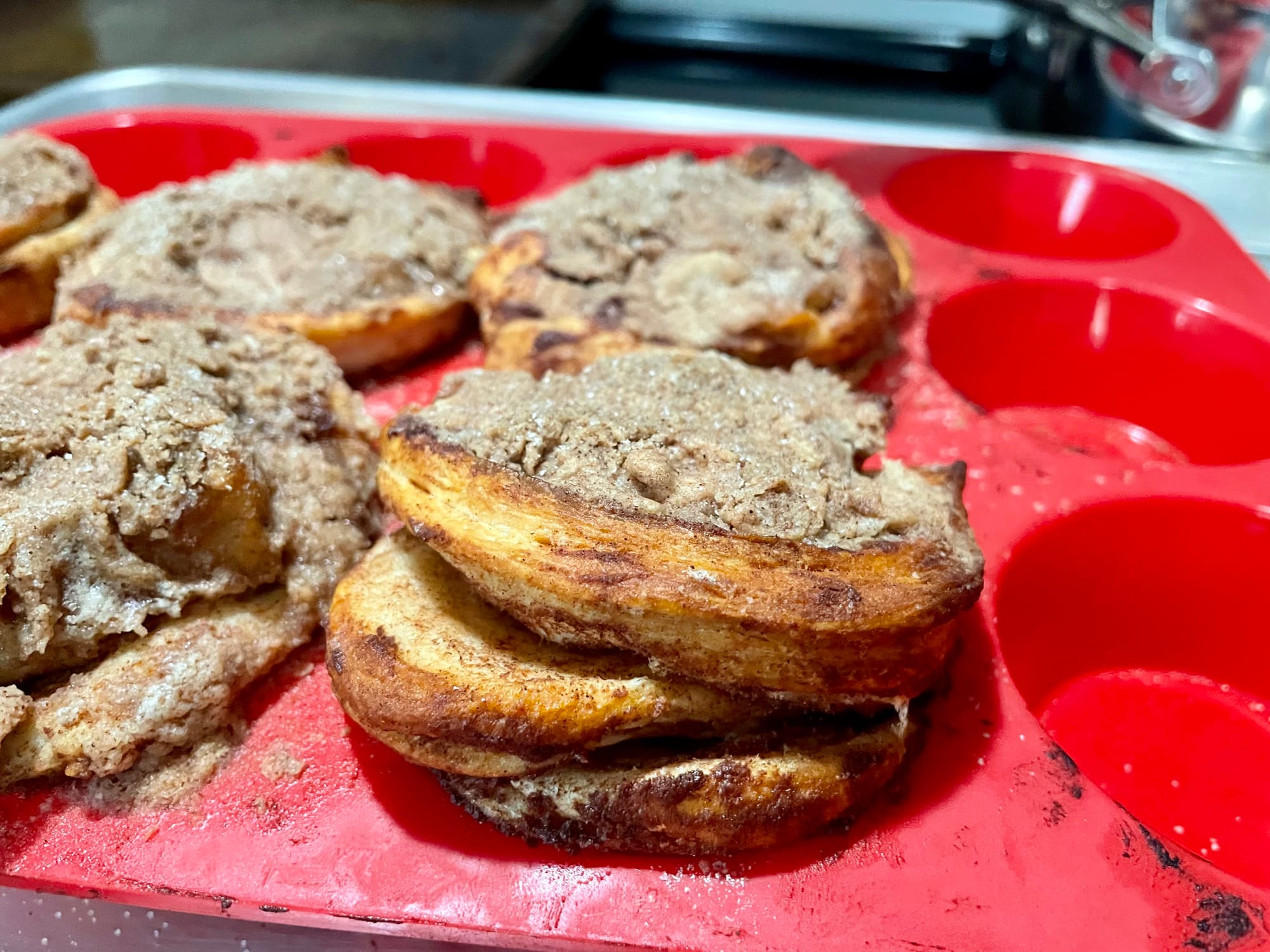
That’s So Raven
Two final important elements in this comfort part of picky eating comes down to control and predictability.
Control was explored in my story about eating with my grandparents. When I was in charge of what I eat – and other forms of pressure removed – I was more willing to branch out and try new things. It’s also explored in the comfort my wife provides in giving me the choice over what I try – but also to dictate what food is available to me in proximity, even if I might chicken out of trying it anyway.
Control also plays a role in managing predictability of the food you eat. This element is multi-faceted.
First is the predictability of the food itself. As mentioned in the sensory section, processed foods are often favored by picky eaters due to the more plain flavor profiles and consistency in texture, taste, etc. While the same fruit can taste and feel a bit different every time you eat it, a gummy fruit snack probably doesn’t.
Surprise is the enemy of picky eaters. Between the sensory sensitivities and the discomfort, a surprise in flavor, temperature, or ingredient can ruin a meal.
By controlling what we eat – even to the degree of only eating a handful of different foods for years at a time – we’re better able to make our eating experiences more predictable, and thus more comfortable and surprise-free.
When we feel the “alarm bells” of a new food seeming scary or uncomfortable, that’s our anxiety systems trying to predict the future and avoid any of an unlimited list of possible negative outcomes.
The surprise of an unpleasant taste or sensation can be utterly overwhelming. Especially with taste, as it coats the inside of your mouth, you have few options to make it stop right away. You can swallow the food, and risk tasting more – but then you have to fight the whole-body urge to purge every bit of it from you. You can spit it out – but then that can make a mess, be embarrassing, upset whomever you’re eating with, and still doesn’t remove the taste right away. I frequently need to have a strongly-flavored but known-safe food ready when trying something new, in case I need to chase the bad flavor away.
Much like when you get burned by biting into a food too early after cooking – a strong, negative reaction to a taste or texture of a food leaves a mark. Less imprinted on your tongue or the roof of your mouth, and more imprinted in your mind, but it’s imprinted there nonetheless. Just like how many “normal” people will avoid eating certain ingredients or from certain restaurants if the food causes trouble coming out the other end enough times, a picky eater will be way more vigilant about food choices and checking them if they’ve been surprised before.
Enough surprises of an unwanted burger sauce or a topping I asked to be omitted left on my fast food led to me thoroughly checking every fast food order before driving away from the pickup window for years. It was compulsive, I did not have the choice, as the realization that the order was wrong when I got home was too harsh a scenario to not avoid, and the surprise of an unwanted taste was simply an unacceptable outcome.

My parents will sometimes tell the story of me trying a kiwi as a toddler. I excitedly bit into it as any other fruit, and immediately made the most hilarious faces as the sourness was not what I expected nor wanted and I quickly spat it out. I won’t pretend that those baby and toddler moments aren’t hilarious, it’s a universal shared experience of parents. But I’m also willing to bet that you can directly draw a line between that first “trick” or negative surprise experience and the child being more difficult about trying or eating fruits (or whatever the food was) again. That overwhelming negative taste experience combined with the surprise of that not at all being what you expected makes it very difficult to trust food. Trust is important for picky eaters.
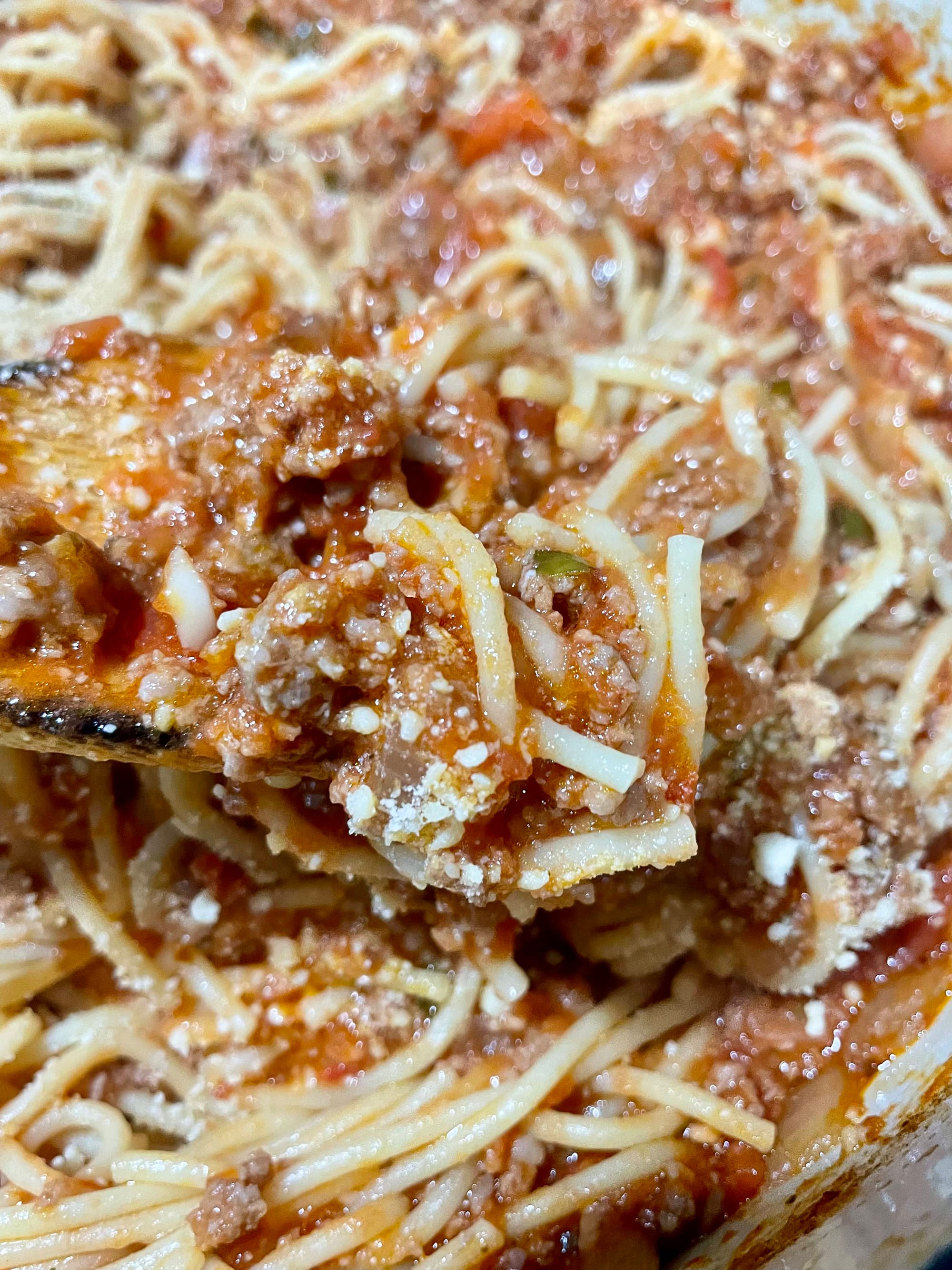
The other angle of predictability comes in the mealtime itself, especially if the picky eater doesn’t have direct control over what the meal that day is. If someone is expecting that dinner will be something normal and reliable that they usually eat, surprising them with a scary new food for dinner – especially as the main dish with no alternative – will almost guarantee that they won’t want to eat it. It’s a surprise, a shock, a disappointment, and as uncomfortable as it gets.
As I was finishing high school and entering college, my parents started trying to eat healthier and expand what they eat. (I’m sure there was an element of me being old enough to fend for myself if I didn’t like what they picked for dinner anyway, too.)
Sometimes they would pick something “weird” for dinner and I would get spooked. These would not be all that weird in the grand scheme of things – and would, indeed, be things I would be willing to try later on in life under different conditions – but when I expected a safe dinner and came home to find this weird new thing I’d never heard of before, I naturally entered fight-or-flight mode (mostly flight) and looked for every possible reason that this new thing was scary and bad. Cue the “but you haven’t even tried it!” arguments. On nights when I was too lazy or busy to figure out an alternative for myself, I would literally just eat a piece of white bread instead of dinner. (Obligatory disclaimer: This was 100% my own doing, my parents were not responsible for that choice I made. Heh.) After the surprise of an unwanted dinner, the bad smells that kept me out of the kitchen, it was easier to just grab something that didn’t require a decision and put something in my stomach to take the hunger away than actually figure out a meal.

I witnessed this surprise reaction in a colleague on one of my work trips, after I was a good couple years into my own efforts to improve my eating and expand my palate. This was fascinating to watch, as it was exactly the reaction I would have had just a couple years prior.
We were in Vancouver for a tech convention, and I got the invite from a fellow YouTuber to join a group of friends to go out for dinner. I just got off a 7+ hour long flight and was exhausted and starving, so I was happy to not have to figure out food and agreed to join. What resulted was an hour-long cab ride to a neighboring city area to get into a night market.
The night market was almost exclusively Asian food. I was doing my best to swallow my own gripes about this situation and just navigate finding food I would eat when I realized the colleague who invited me was struggling a lot more. Apparently he had one rule for the friend group deciding on dinner: “No Asian food.” He, like me, was a very picky eater that preferred the comforts of basic burgers and fries than trying new things. His girlfriend was very supportive and trying to help him figure things out, but it was clear the other friends had little experience with this kind of thing. The more I spoke with him and his girlfriend, the more I felt familiar with the situation, this was my struggle all the time.
So we booked it through the night market, certain we would surely find at least one booth that had “normal food” – and we did! There was a burger place. Us picky eaters got plain ol’ smash burgers, and then I grabbed some noodles that looked good and finished off with a spiral potato snack. It was so salty it made my mouth burn, but I loved it anyway. (I was very hungry after such a long travel day, okay?)
While I’m not going to pretend I was the sole factor “saving the day” or anything – it was a joy to watch someone be in the exact deer-in-the-headlights state realizing the possibility that there would be no safe foods available after such a long investment time and see them find a safe option and not be berated for it (not by me, his girlfriend, nor the friends that brought us there, thankfully). To watch this situation, which I had experienced an uncountable number of times, from the outside was just… very insightful.
Without the surprise element, he might have been more willing to look more closely for something to try – but having set up expectations and then been given the exact opposite of his expectations, there was no chance.
Comfort level is incredibly important for picky eaters.
Thanks for reading this blog series! I know it was long - I had no idea I'd be writing this much when I sat down to start writing - but I hope it provides a lot of insight into picky eating and the issues at play. I truly believe there is not enough discussion about picky eating in adults, and I hope to help both picky eaters and loved ones of picky eaters alike understand the situation better so it can be handled with more care and productive results gained from it.
Email me at technopagan@demodisc.zone with any questions and happy eating!